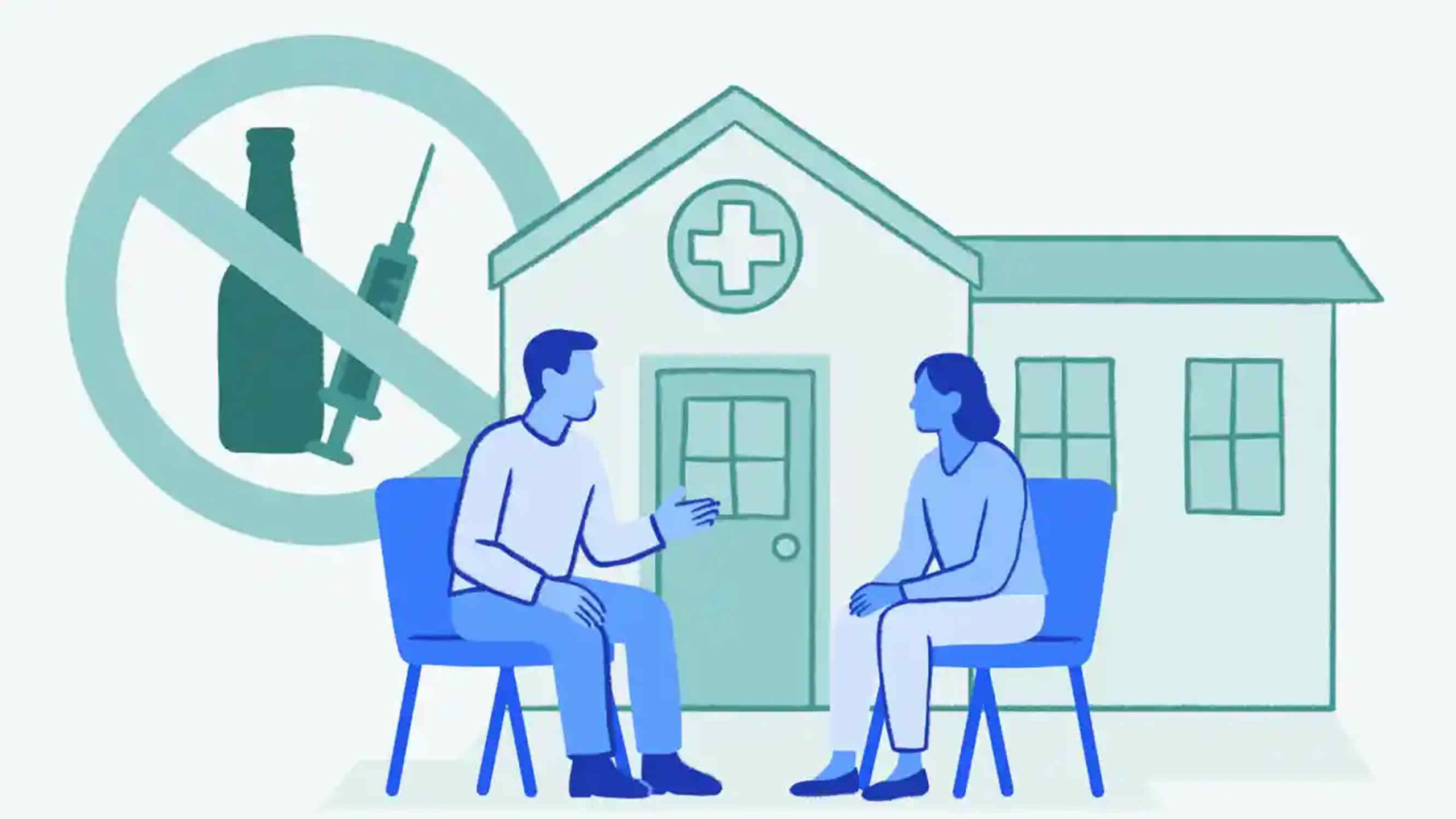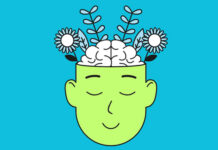Addiction to drugs and alcohol is a global challenge that touches every layer of society rich or poor, young or old. What often begins as casual use can quickly spiral into dependency, affecting not only the individual but also their family, friends, workplace, and community. For many, the turning point comes when they recognize that addiction is not simply a bad habit but a serious health condition that requires structured support. This is where drug and alcohol rehabilitation (rehab) plays a crucial role, offering individuals a chance to break free from the cycle of addiction and rebuild their lives.
1. Understanding the Need for Rehabilitation
Addiction is a chronic disease that alters the brain’s structure and function. Drugs and alcohol flood the brain with dopamine, creating intense feelings of pleasure. Over time, the brain adapts, producing less dopamine and reducing its natural reward pathways. As a result, individuals need more of the substance to feel the same effect, leading to tolerance and dependency. Eventually, everyday pleasures lose their meaning, and obtaining the substance becomes the central focus of life.
Rehabilitation provides a structured environment to address both the physical dependency and the psychological factors behind addiction. It is not merely about quitting drugs or alcohol temporarily; it is about building a sustainable, substance-free life.
2. The Goals of Drug and Alcohol Rehab
The primary goals of rehabilitation are:
- Detoxification: Safely removing drugs or alcohol from the body.
- Therapeutic Intervention: Identifying and addressing the psychological and emotional causes of addiction.
- Skill Building: Teaching coping mechanisms and life skills to handle triggers and stress.
- Relapse Prevention: Equipping individuals with strategies to maintain sobriety long after leaving the program.
- Reintegration: Helping individuals rebuild their lives through education, employment, and healthy relationships.
3. Stages of the Rehabilitation Process
Rehabilitation typically involves several stages, each crucial to long-term recovery.
A. Assessment and Intake
The journey begins with a thorough assessment, including medical exams, psychological evaluations, and discussions about the individual’s history of substance use. This stage helps professionals create a personalized treatment plan, as every addiction case is unique.
B. Detoxification (Detox)
Detox is the process of cleansing the body of substances under medical supervision. Depending on the severity of the addiction, withdrawal symptoms can range from mild discomfort to life-threatening complications. For alcohol and certain drugs, medically supervised detox is essential to ensure safety.
Symptoms may include anxiety, sweating, nausea, tremors, hallucinations, or seizures. Medical professionals may administer medications to ease withdrawal and monitor vital signs throughout the process. Detox alone does not address the psychological aspects of addiction, which is why further treatment is necessary.
C. Therapy and Counseling
Once the body is stabilized, the core of rehabilitation begins—addressing the mental and emotional dimensions of addiction. Therapy helps individuals understand the root causes of their substance use, identify triggers, and develop healthy coping mechanisms. Common therapeutic approaches include:
- Cognitive Behavioral Therapy (CBT): Helps individuals recognize and change harmful thought patterns and behaviors.
- Motivational Interviewing: Strengthens personal motivation and commitment to change.
- Group Therapy: Provides peer support, accountability, and shared experiences.
- Family Therapy: Involves loved ones to rebuild trust and create a supportive home environment.
- Trauma-Informed Therapy: Addresses past trauma that may have contributed to addiction.
D. Education and Skill Development
Addiction often disrupts daily life, work, and education. Rehab programs often incorporate life skills training, such as stress management, communication skills, financial literacy, and career planning. Education about addiction as a disease helps individuals understand their condition and take ownership of their recovery journey.
E. Relapse Prevention and Aftercare Planning
Rehabilitation doesn’t end when someone leaves a facility. Aftercare is a critical part of long-term recovery. Counselors help individuals develop personalized relapse prevention plans, which may include continued therapy, participation in support groups like Alcoholics Anonymous (AA) or Narcotics Anonymous (NA), sober living arrangements, or outpatient programs.
4. Types of Rehab Programs
There are different types of rehabilitation programs designed to meet varying needs:
Inpatient Rehabilitation
Inpatient or residential rehab involves living in a treatment facility for a set period—typically 30, 60, or 90 days. This immersive environment provides 24/7 medical and emotional support, making it ideal for individuals with severe addictions or unstable home environments.
Outpatient Rehabilitation
Outpatient rehab allows individuals to live at home while attending scheduled therapy sessions. It offers flexibility for those with work, school, or family commitments but still requires strong personal discipline and support systems.
Partial Hospitalization Programs (PHPs)
PHPs are a middle ground between inpatient and outpatient treatment. Individuals receive intensive therapy during the day but return home at night. It’s suitable for those who need structured care without full residential stay.
Sober Living Homes
Sober living environments offer transitional housing for individuals who have completed rehab but are not ready to return to their previous living situations. These homes provide structure, support, and accountability in a substance-free environment.
5. The Role of Support Systems
Recovery is not a solitary journey. A strong support system is one of the most important factors in preventing relapse. Families, friends, therapists, and peer support groups play critical roles in providing encouragement, accountability, and understanding. Family therapy can heal damaged relationships and create a more stable foundation for the individual’s return home.
Community programs and support groups offer ongoing guidance, allowing individuals to share their struggles and successes with others who truly understand. This sense of belonging often becomes a cornerstone of sustained recovery.
6. Challenges and Myths Surrounding Rehab
Despite the availability of effective rehab programs, several misconceptions prevent people from seeking help:
- Myth: “Rehab is only for severe addicts.”
Reality: Rehab can benefit anyone struggling with substance use, regardless of severity. - Myth: “If someone relapses, rehab has failed.”
Reality: Relapse is common in recovery and doesn’t mean failure. It signals the need to adjust treatment strategies. - Myth: “You can quit if you have enough willpower.”
Reality: Addiction is a disease, not a moral weakness. Professional support is often essential.
Other challenges include stigma, financial barriers, and limited access to quality facilities, especially in rural or low-income communities. Addressing these barriers requires systemic changes, including better insurance coverage and public awareness campaigns.
7. A New Beginning
Drug and alcohol rehab is not a quick fix it is the beginning of a transformative journey. Many individuals emerge from rehab with renewed self-awareness, healthier relationships, and a sense of purpose they may have lost during their addiction.
The road to renewal may be challenging, but it is paved with hope, resilience, and the possibility of a better future. With the right support, treatment, and determination, recovery is not only possible it’s life-changing.















